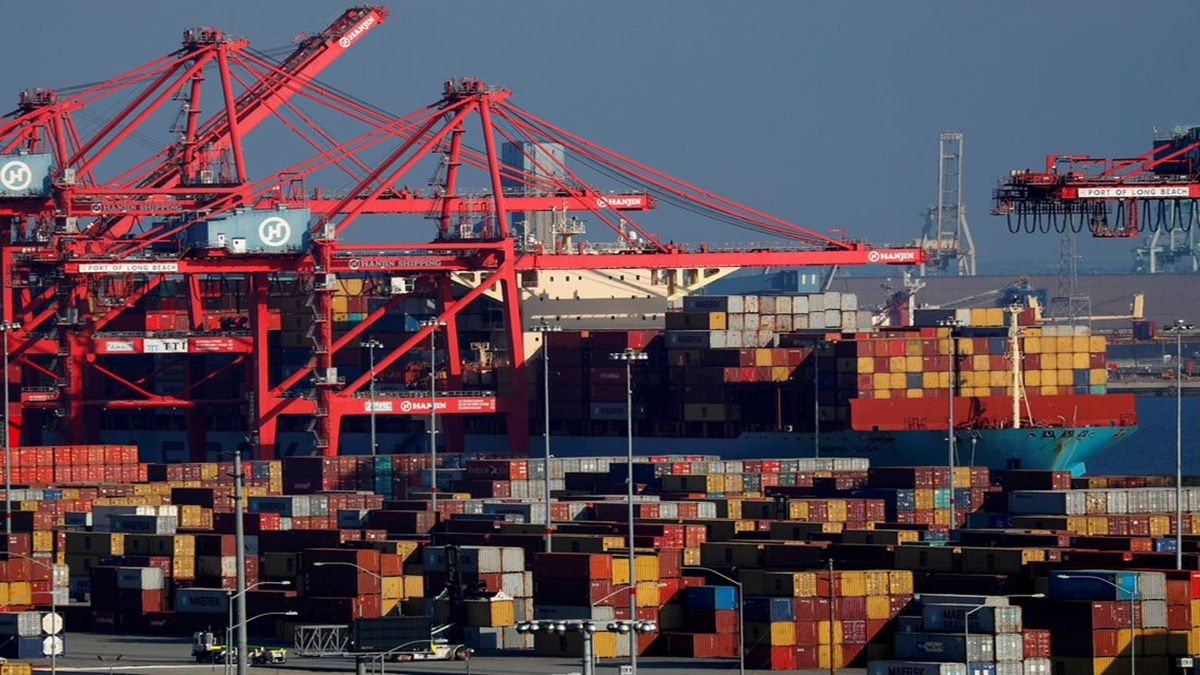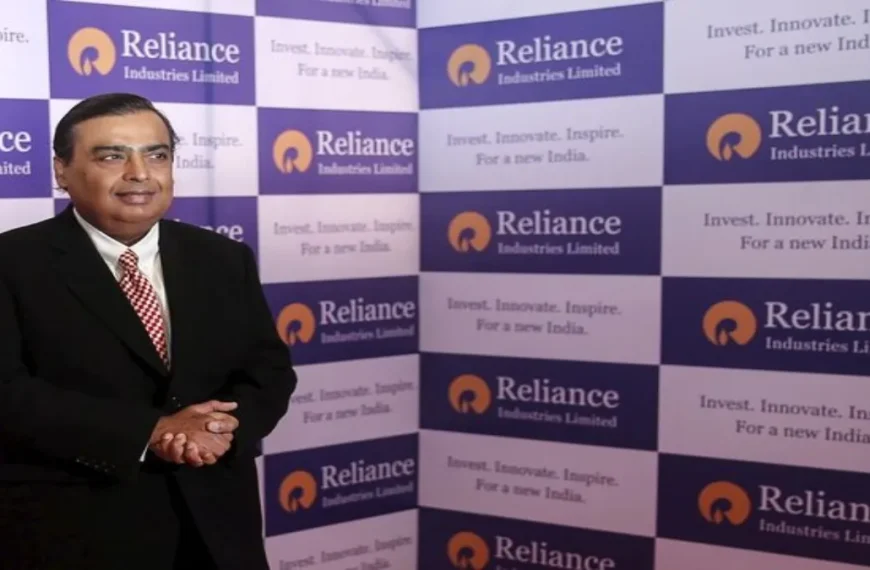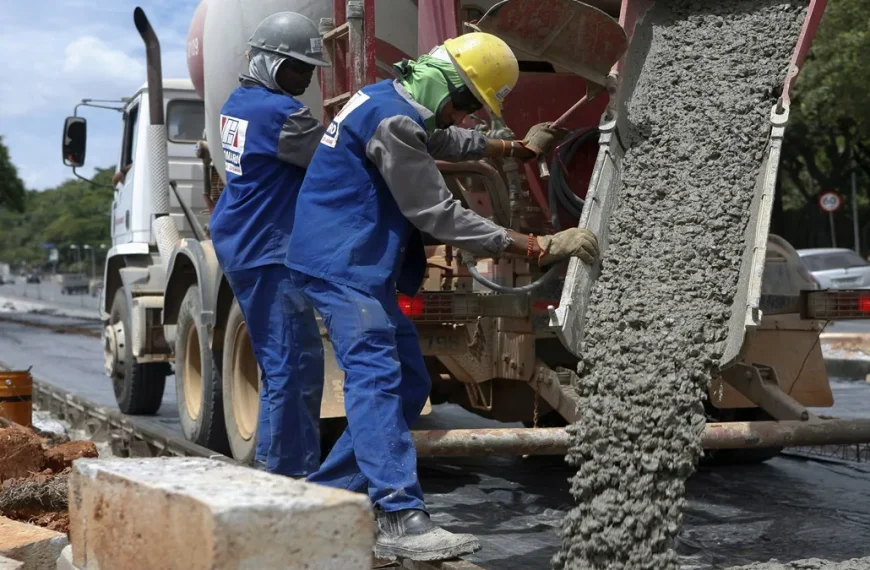The recent visit of Vice President JD Vance to India marks a significant milestone in the evolving trade relationship between the United States and India. During this visit, both nations established foundational terms for a bilateral trade agreement that encompasses a diverse range of sectors, including crucial services along with goods. This pivotal moment could reshape trade dynamics and foster deeper economic ties.
Key Components of the Trade Agreement
The trade deal aims to enhance cooperation in multiple areas, with a strong focus on agricultural products. The United States is eager to bolster its agricultural exports to India, seeking to penetrate one of the largest markets for these goods. However, existing tariffs on Indian agricultural imports remain a key hurdle.
- Top Priorities:
- Agricultural exports
- Services sector expansion
- E-commerce market access
Agricultural Exports: A Critical Focus
The U.S. government is particularly interested in promoting its agricultural products in India. Despite the potential for growth, Indian farmers have expressed concerns about the impact of imported goods on their livelihoods.
- Key Issues:
- Resistance from Indian farmers against agricultural imports
- Genetically modified soybeans and corn face restrictions in India
- India’s own robust production of these crops complicates the landscape
Leveling the Playing Field for U.S. Companies
U.S. e-commerce giants, such as Amazon and Walmart, are vying for greater access to the Indian market. However, they face formidable competition from local giants like Reliance Retail, which creates significant challenges for American companies. To foster fair competition, U.S. firms are advocating for a level playing field, as the Indian government continues to support small local retailers to safeguard their interests.
Concerns Over Data Policies
Additionally, major U.S. tech firms like Google, Meta, and Microsoft are voicing their concerns regarding India’s data localization policies. As discussions around the trade deal progress, these tech giants are keen to address how these regulations could impact their operations in India.
In summary, the recent visit by Vice President JD Vance not only signifies a commitment to enhancing U.S.-India trade relations but also highlights the complexities and challenges that lie ahead. The evolving dynamics of agriculture, e-commerce, and data policies will be crucial in shaping the future of this bilateral partnership.











